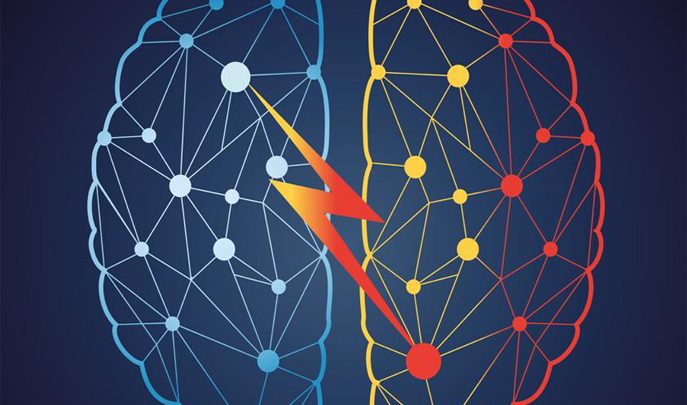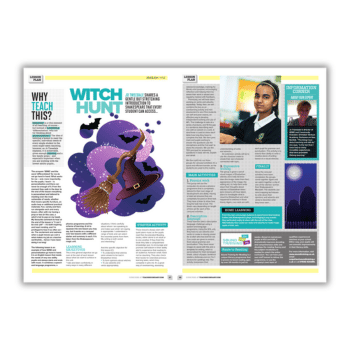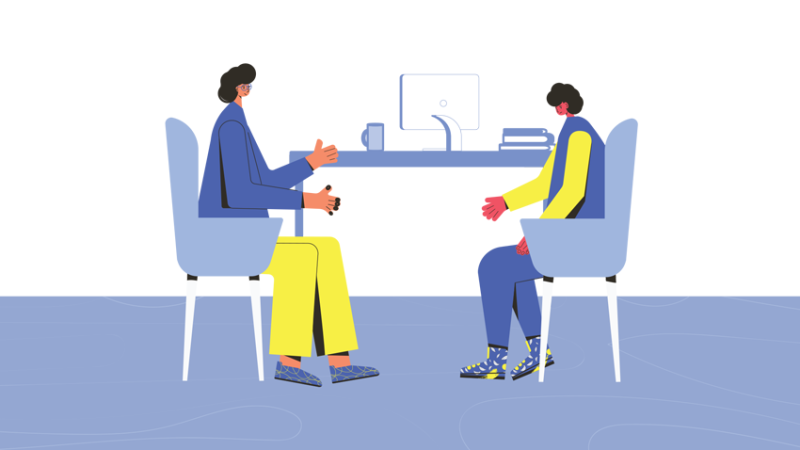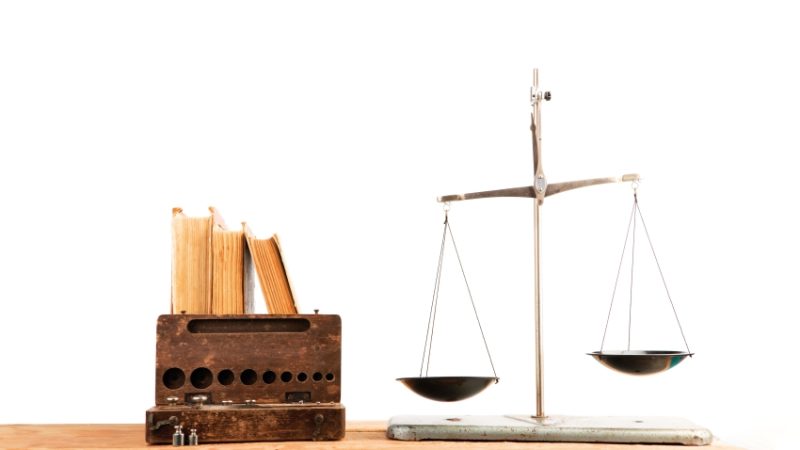Would you Know What to do if a Child in Your Class Had a Seizure?

1 in 20 people will experience some sort of a seizure during their lives. They tend to be more common – by up to 35% – among children with special educational needs…
- by Emma Hammett

A seizure (the medical term for a fit or convulsion) occurs when there’s a sudden burst of electrical activity in the brain that temporarily interferes with normal messaging processes.
The brain affects the whole body, so when seizures occur you can expect them to affect various areas.
There are many different types of seizures, linked to numerous causes. Head injuries and stresses to the brain can cause fitting, as can brain tumours, meningitis, malaria, eclampsia in pregnancy, poisoning, lack of oxygen, raised body temperature, epilepsy, drug and alcohol use and withdrawal.
To that list, you can add a huge range of additional conditions such as cerebral palsy, hydrocephalus, Lennox-Gestaut and microcephaly.
Epilepsy
A diagnosis of epilepsy will be made if an individual has one or more seizures without any known cause.
The person having the fit may experience an aura (a sound, taste, smell or sensation) in advance of the fit that they recognise as a sign they’re about to have a seizure, which can give them sufficient warning to get themselves onto the floor and alert someone.
The casualty will often be on anti-convulsant medication, and their seizures will tend to follow a similar pattern, which can make the fits a bit more predictable.
Fits, seizures or convulsions can cause rigid, out of control movements. These can vary from absence seizures – where they become rigid and unresponsive – to the full thrashing that characterises tonic-clonic fits, or indeed anything in between.
Seizures at school
For many children, seizures or epilepsy may be an everyday part of their lives, which their school should help them to manage with dignity.
It’s important that all staff know which children have a history of seizures, and that each of those children will have a detailed individual healthcare plan outlining the type of seizures in questions, recommended first aid and any medication they require.
Seizures can be disrupting. Children with absence seizures, for example, might miss key points during lessons, making it extremely helpful for them to have additional support that can help them catch up.
Seizures are exhausting, and children may require time to recover afterwards, to the point where they need to sleep. Seizures at night can disrupt sleep patterns and affect memory for some time afterwards.
Anti-epileptic drugs can cause further side effects, including tiredness, trouble with memory, an inability to concentrate, stomach cramps and diarrhoea.
Tonic-clonic fits and generalised seizures
The following might happen during a tonic-clonic seizure.
Tonic phase They collapse to the ground as they lose consciousness. The body goes stiff and rigid and they may cry out, as if in pain. This is due to an involuntary action, as the muscles force air out of the lungs.
The casualty is in fact not in pain, and usually unaware of the noise they’re making. They can begin to appear blue around their mouth and finger tips.
Clonic phase They may rigidly jerk around as their muscles alternately relax and tighten. They may make a snoring noise, as the tongue flops to the back of the airway; they could become incontinent and may bite their tongue.
Post-Ictal phase (a medical term meaning ‘after seizure’) Once the jerking stops they may be confused, sleepy, agitated or quite unresponsive. If you’re worried about their airway, put them into the recovery position. They may not know who they, or you, are, and it could take a few minutes for them to piece everything back together.
Generalised seizures
In the event of a generalised seizure, make sure the casualty is safe and ease them to the ground if they’re on a chair. Try to protect their head without restraining them.
Make a note of the time that the seizure starts and the different phases in as much detail as you can manage – this is extremely useful to the medical team when investigating causes and applying treatment.
Specific information, such as whether one side of the body is more affected than the other, can give the clinician help with their diagnosis.
Loosen any tight clothes the casualty might be wearing and remove any nearby objects with which they could injure themselves. Ask any bystanders to move away and protect the casualty’s dignity.
Once the seizure has stopped, check the casualty’s airway and breathing and place them in the recovery position if unresponsive. Stay with them and try to talk to them reassuringly throughout the seizure.
What to watch for
Common triggers for seizures can include a lack of sleep. If a person already has an underlying condition, sleeping in late can also act as a trigger. Similarly, emotional stress can induce seizures if there is an underlying predisposition.
Exposure to flickering lights can act as a trigger, but contrary to received wisdom, this type of trigger is actually comparatively rare.
Fever, on the other hand is an extremely common trigger, particularly among infants and small children – 1 in 20 under 5s will convulse if their temperature rises.
It’s strongly advised that your school’s staff complete a practical first aid course, either in person or online, so that they understand what to do in a medical emergency.
Further details about the online courses we offer at First Aid For Life can be found at OnlineFirstAid.com, or by contacting 020 8675 4036.
First Aid for Life provides this information for guidance, and it is not in any way a substitute for medical advice. First Aid for Life is not responsible or liable for any diagnosis made or actions taken based on this information
When to call 999
Call for an ambulance if any of the following apply:
- It is their first seizure
- The seizure lasts for more than 5 minutes
- The casualty has another seizure immediately after
- If the child becomes injured
- If the child is known to have a history of seizures, but this one is somehow different
- If the child appears unresponsive for more than five minutes following the seizure
Actions to avoid
- Never put your fingers – or anything else – in the casualty’s mouth to prevent them from biting their tongue, since this will cause serious injury
- Don’t try to move them unless they are in immediate danger
- Don’t attempt to restrain their movements whilst they are fitting
- Don’t give them anything to eat and drink until they’re fully recovered
Emma Hammett is a registered general nurse and the founder/CEO of the first aid training provider First Aid for Life.











